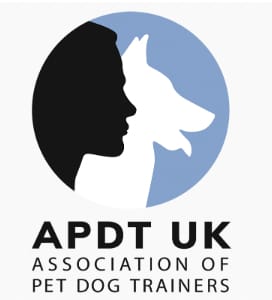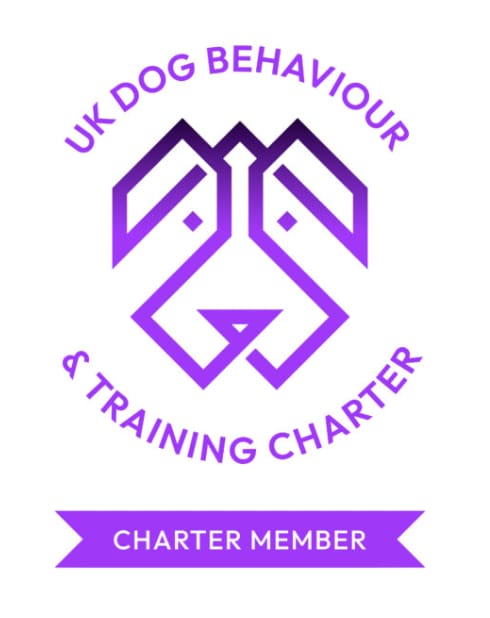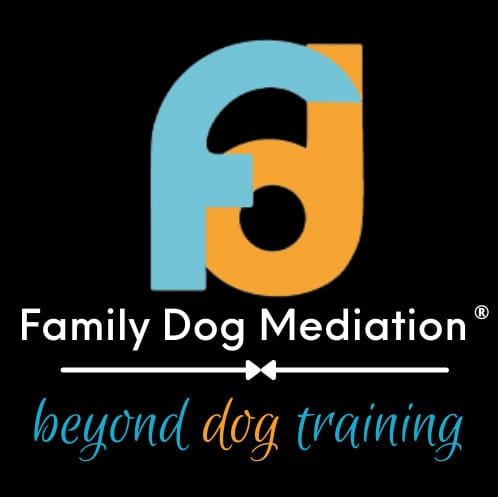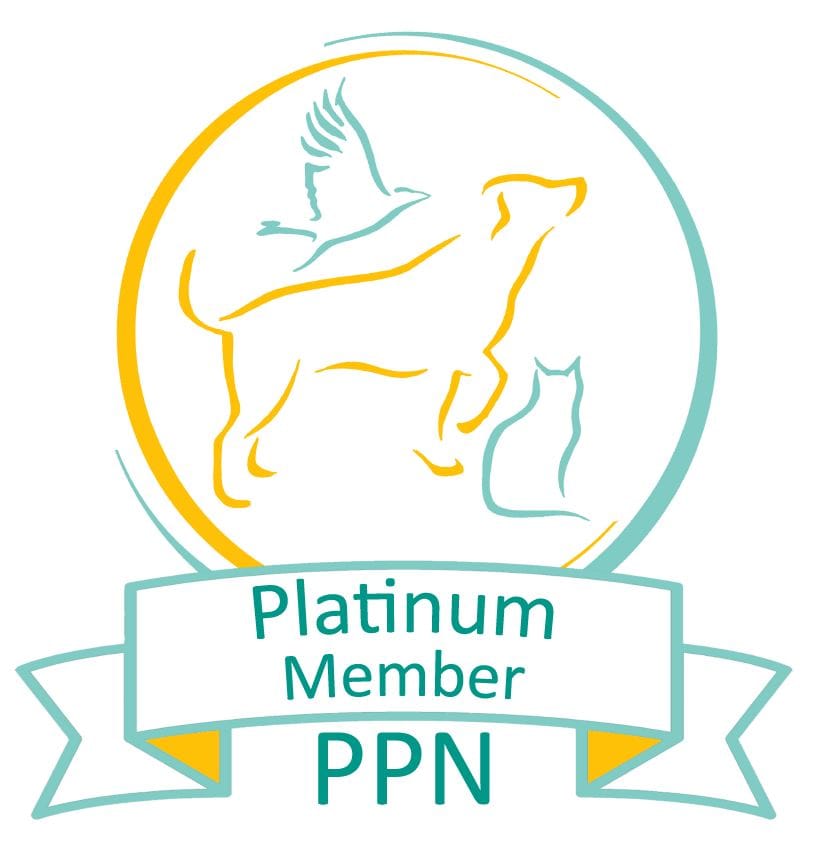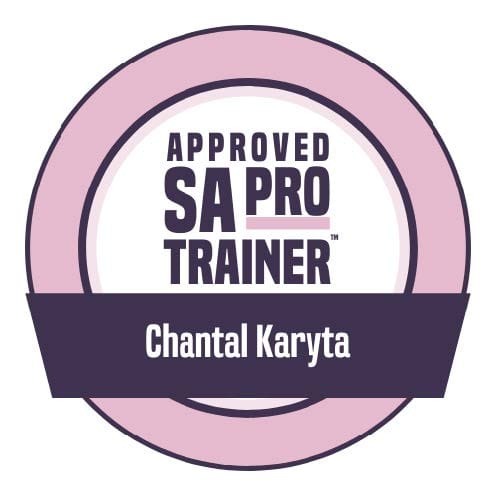How to Improve Your Dog's Recall
13/09/2023 - Blog
Supercharging Those Recalls
Having your dog not come back to you when called is one of the most common complaints I see amongst dog owners. Hands up those of you that started with a good recall from their puppy when they were younger, and then all of a sudden adolescence hit and now your previous A* student puppy looks at you when you recall them and instead chooses to go off and do something else instead….. go and say hello to that other dog, carry on sniffing that tree, or they have suddenly had the thrill of chasing a crow or a squirrel and now that is WAY more exciting than coming back to you!
Perhaps you struggle with getting your dog to come back to you at the end of a walk, when your dog knows you want to take them home and they’re not quite ready yet….anyone had that where your dog sees you grab their lead, call them, as they come near you, they come close enough to grab that treat out of your hand and then they fly off again, not letting you catch them? Yep, I have also been there, so I totally understand your pain!
So first, before working on supercharging our recalls, we need to understand what we are asking of our dogs. First, a recall cue is actually quite aversive in that when we call our dogs to return back to us, we are generally calling them away from something they are enjoying doing. For instance, we tend to call our dogs away from playing with other dogs, from eating something they have found from something stinky they are having a great time rolling in, from chasing the bird or squirrel…the list goes on! And quite often, we call our dogs because we want them to come in from the garden, to take them home from a walk, or perhaps even worse, we call them because we want to do something that your dog really dislikes…. being groomed or having ear drops or eye drops put in for example.
With all of this in mind, let’s talk about rewards first and foremost. A reward is something your dog loves, whether it is food, play or getting to do something in the environment. Make a list and use your dog’s favourite rewards when out. Always use a selection of rewards, not always the same thing each time…otherwise that may get boring for your dog eventually.
Example of food rewards include:
When out with your dog, I would always recommend playing a food game when rewarding your dog as opposed to just giving them the food straight to their mouth. You can make the food more exciting by moving it around and letting your dog chase, hunt and sniff it out. This creates a fun game with you, makes the reward last longer and gives your dog those excited feelings about being around you on a walk. The reward becomes more about the game and the fun interaction with you as opposed to just being about the food.
Here are some examples of what you can do with the food when rewarding your dog outside. Always teach these games at home first before progressing to using them on a walk:
One of my Shelties had a very high prey drive, and she wouldn’t want to come back just for a treat even though she loved her food…. her hunting instinct took over when she was out. However, by playing these food games with her whilst out on a walk, she would choose to stay with me as I was fulfilling her needs to hunt in a game with me as opposed to her finding her own prey to chase!
If your dog loves to play with toys, add these to your list of rewards too. Depending on the type of dog you have, your dog may prefer to chase a toy, to tug or to hold a toy. Dogs were all bred to do certain jobs so different breeds like different elements of toy play. Here are some examples of toy play you could engage in:
Whatever your dog loves to play with, save these rewards only for when you are out on a walk.
Environmental rewards are especially important to include as rewards because they are more functional and more what your dog may prefer to treat. Examples include:
These can all be put to cue. For instance, if your dog enjoys digging, you can call them to you and then as they come, release them to a spot that you think they will enjoy digging in and say ‘dig dig’. Or if they love going to say hello to other dogs, ask or wait for a behaviour and then say ‘say hi’ before releasing them. Just make sure it is ok with the other owner before releasing your dog to say hello.
Rewarding good choices on a walk is so effective, you may find just by doing this, your dog’s focus on you improves dramatically and you won’t need to really call them!
The law of behaviour is simple…whatever you reward, you get more of. So if you reward your dog’s good choices throughout a walk, you will start to see some noticeable improvements. Here are some behaviours you can reward:
Rather than waiting for your dog to run off before attempting to call them, try instead to focus on their good choices and reward them staying with you. This will teach your dogs that you are the best thing to be around out on a walk and will encourage them to automatically follow you as opposed to you calling them all the time.
If you think you have poisoned your recall cue, I recommend changing it. If you have ever done any of the following and regularly, you may have noticed your dog not responding to your calls:
In all of these scenarios, the recall cue is followed by something aversive, and therefore not pleasant for your dog. If you need to do any of these things, rather go up to your dog and fetch them as opposed to calling them.
Dogs respond really well to high pitched repetitive sounds so a cue like ‘Pup Pup’, ‘Come come’ or 2-3 beeps of a whistle can all be very effective. Just make sure your recall cue is always followed by a big reward when they do come!
You are never going to fix your dog’s recall in one walk. It is not what treat you have in your hand at that particular time, but all the other experiences your dog has had with you in the past. We need to build up a bank account of trust and by doing all of the above, you are going to be crediting that account. The more you have in there, one day when you need to make a withdrawal such as calling your dog off a deer that has suddenly crossed your path, you will be able to do so.
Whilst you are working through your dog’s recall, always have your dog on a long line and harness if you are walking in environments that your dog does find distracting. This is to stop your dog from running off and ignoring your calls. If your dog is ignoring you and continuing doing as they please, all you are doing is teaching them that your recall cue means nothing, and they can continue to self-reward.
Wherever you may be on your dog training journey, recalling your dog is always something that can be worked on throughout a dog’s life. When clients ask me ‘When can they stop taking rewards out on a walk” my answer is always never. You are always going to be in competition with your environment, so you always need to have something your dog loves to use as a reward.
I hope this helps in giving you some food for thought about how to supercharge your dog’s recall – so go out, give it a go and go have some fun with your dogs!
Tips on How to Improve Your Dog's Recalls
Having your dog not come back to you when called is one of the most common complaints I see amongst dog owners. Hands up those of you that started with a good recall from their puppy when they were younger, and then all of a sudden adolescence hit and now your previous A* student puppy looks at you when you recall them and instead chooses to go off and do something else instead….. go and say hello to that other dog, carry on sniffing that tree, or they have suddenly had the thrill of chasing a crow or a squirrel and now that is WAY more exciting than coming back to you!
Perhaps you struggle with getting your dog to come back to you at the end of a walk, when your dog knows you want to take them home and they’re not quite ready yet….anyone had that where your dog sees you grab their lead, call them, as they come near you, they come close enough to grab that treat out of your hand and then they fly off again, not letting you catch them? Yep, I have also been there, so I totally understand your pain!
Why does my dog not come back to me?
So first, before working on supercharging our recalls, we need to understand what we are asking of our dogs. First, a recall cue is actually quite aversive in that when we call our dogs to return back to us, we are generally calling them away from something they are enjoying doing. For instance, we tend to call our dogs away from playing with other dogs, from eating something they have found from something stinky they are having a great time rolling in, from chasing the bird or squirrel…the list goes on! And quite often, we call our dogs because we want them to come in from the garden, to take them home from a walk, or perhaps even worse, we call them because we want to do something that your dog really dislikes…. being groomed or having ear drops or eye drops put in for example.
What rewards can I use for my dog?
With all of this in mind, let’s talk about rewards first and foremost. A reward is something your dog loves, whether it is food, play or getting to do something in the environment. Make a list and use your dog’s favourite rewards when out. Always use a selection of rewards, not always the same thing each time…otherwise that may get boring for your dog eventually.
Example of food rewards include:
- Cooked meat
- Cheese
- Pate
- Liver bread
- Chicken hearts
When out with your dog, I would always recommend playing a food game when rewarding your dog as opposed to just giving them the food straight to their mouth. You can make the food more exciting by moving it around and letting your dog chase, hunt and sniff it out. This creates a fun game with you, makes the reward last longer and gives your dog those excited feelings about being around you on a walk. The reward becomes more about the game and the fun interaction with you as opposed to just being about the food.
Here are some examples of what you can do with the food when rewarding your dog outside. Always teach these games at home first before progressing to using them on a walk:
- Show your dog one piece of food, say ‘get it’ and bowl it away from you to the side. Your dog will go to chase it, sniff it out and then eat it. Your dog is more than likely to then come back to you automatically and then when they do, say ‘get it’ again and throw a piece of food to the other side of you. Repeat however many times you like.
- Throw a piece of food in the air above your dog’s nose for them to catch it. You could start with a toy first or a larger treat such as meatballs as it is easier for them to catch something bigger to start with. Even if they don’t catch the food at first, it is the fun of trying!
- Scatter feeding is a great way to reward your dogs….as they come to you, say a cue such as ‘scatter’ and sprinkle a few pieces of food on the ground in front of them so they get a fun sniffy game associated with coming back to you.
- If your dog likes to shred stuff, take out a paper bag and hide some treats in. Throw it for your dog to chase and then they have to rip up the bag in order to get to the food.
One of my Shelties had a very high prey drive, and she wouldn’t want to come back just for a treat even though she loved her food…. her hunting instinct took over when she was out. However, by playing these food games with her whilst out on a walk, she would choose to stay with me as I was fulfilling her needs to hunt in a game with me as opposed to her finding her own prey to chase!
If your dog loves to play with toys, add these to your list of rewards too. Depending on the type of dog you have, your dog may prefer to chase a toy, to tug or to hold a toy. Dogs were all bred to do certain jobs so different breeds like different elements of toy play. Here are some examples of toy play you could engage in:
- A game of tug
- A catch game with a ball
- A flirt pole
- Sheepskin/rabbit skin on a bungee lead
- Letting your dog keep the toy in his/her mouth
- A lotus ball (a ball where you can put food inside)
- A snuffle ball (like a snufflemat but in the shape of a ball so you can throw it and your dog can chase and sniff out the treats you have put in inside)
- Running away from your dog and they chase you
Whatever your dog loves to play with, save these rewards only for when you are out on a walk.
Environmental rewards are especially important to include as rewards because they are more functional and more what your dog may prefer to treat. Examples include:
- Letting your dog dig
- Releasing them to go and say hello or to play with another dog
- Releasing them to go and swim
- Letting them watch (but not chase) a bird or other prey animal
These can all be put to cue. For instance, if your dog enjoys digging, you can call them to you and then as they come, release them to a spot that you think they will enjoy digging in and say ‘dig dig’. Or if they love going to say hello to other dogs, ask or wait for a behaviour and then say ‘say hi’ before releasing them. Just make sure it is ok with the other owner before releasing your dog to say hello.
Rewarding your Dog's Good Behaviours
Rewarding good choices on a walk is so effective, you may find just by doing this, your dog’s focus on you improves dramatically and you won’t need to really call them!
The law of behaviour is simple…whatever you reward, you get more of. So if you reward your dog’s good choices throughout a walk, you will start to see some noticeable improvements. Here are some behaviours you can reward:
- When your dog looks at you
- When your dog comes back to you
- When they walk by the side of you
- When they stop ahead of you and look back at you
- When they walk past a distraction and choose to stay by you
Rather than waiting for your dog to run off before attempting to call them, try instead to focus on their good choices and reward them staying with you. This will teach your dogs that you are the best thing to be around out on a walk and will encourage them to automatically follow you as opposed to you calling them all the time.
What cue to use?
If you think you have poisoned your recall cue, I recommend changing it. If you have ever done any of the following and regularly, you may have noticed your dog not responding to your calls:
- Only calling them when you want them in from the garden
- Only calling them at the end of a walk and taking them home
- Calling them and then doing something they may find unpleasant…being groomed, having their nails clipped, putting eye drops in
- Calling them to put them in the car if they don’t like travelling in the car
In all of these scenarios, the recall cue is followed by something aversive, and therefore not pleasant for your dog. If you need to do any of these things, rather go up to your dog and fetch them as opposed to calling them.
Dogs respond really well to high pitched repetitive sounds so a cue like ‘Pup Pup’, ‘Come come’ or 2-3 beeps of a whistle can all be very effective. Just make sure your recall cue is always followed by a big reward when they do come!
You are never going to fix your dog’s recall in one walk. It is not what treat you have in your hand at that particular time, but all the other experiences your dog has had with you in the past. We need to build up a bank account of trust and by doing all of the above, you are going to be crediting that account. The more you have in there, one day when you need to make a withdrawal such as calling your dog off a deer that has suddenly crossed your path, you will be able to do so.
Management whilst Training Your Dog
Whilst you are working through your dog’s recall, always have your dog on a long line and harness if you are walking in environments that your dog does find distracting. This is to stop your dog from running off and ignoring your calls. If your dog is ignoring you and continuing doing as they please, all you are doing is teaching them that your recall cue means nothing, and they can continue to self-reward.
Wherever you may be on your dog training journey, recalling your dog is always something that can be worked on throughout a dog’s life. When clients ask me ‘When can they stop taking rewards out on a walk” my answer is always never. You are always going to be in competition with your environment, so you always need to have something your dog loves to use as a reward.
I hope this helps in giving you some food for thought about how to supercharge your dog’s recall – so go out, give it a go and go have some fun with your dogs!
Copyright © 2025 CK9 Training
